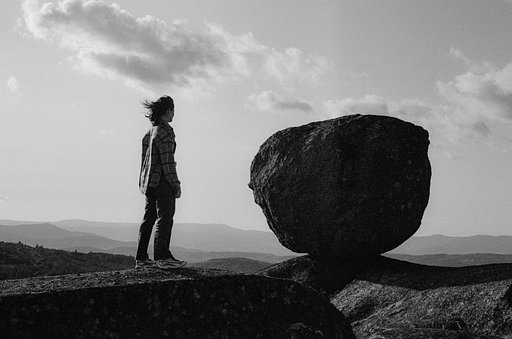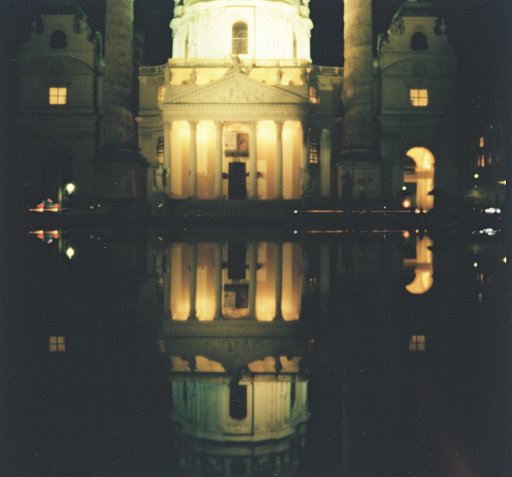Color Chronicles: Eau de Nil
1 9 Share TweetEau de Nil is French for water of the Nile, and it's a very tricky color to distinguish. It's like a pastel light-green with cool blue cast with tan undertones. The color's name comes from the River Nile, the lifestream of Egyptian culture. It is not to be confused with Nile green (it is either a pale-yellow green or pale bluish-green), which is another confusing color to pin down.
To best describe the color, we have to go back to Victorian times. Katy Kelleher wrote in The Paris Review that the discovery of the color started with Europe's Egyptomania — their obsession for all things Egyptian. French writer Gustave Flaubert was one of those men who were gripped by Egyptomania. Kelleher cites Flaubert:
"The water of the Nile is quite yellow; it carries a good deal of soil. One might think of it being weary murmuring the same monotonous complaint that it has traveled too far … As the evening fell, the sky turned all red to the right, all pink to the left. The pyramids of Sakkara stood out sharp and gray against the vermilion backdrop of the horizon. An incandescence glowed in all that part of the sky, drenching it with golden light. On the other bank, to the left, everything was pink; the closer to the earth, the deeper the pink. The pink lifted and paled, becoming yellow, then greenish; then the green itself paled, and almost imperceptible, through white, became the blue which made the vault above our heads, where there was the final melting of the transition (abrupt) between the two great colors."
The funny thing is, Flaubert never once mentioned the term eau de Nil to put a name on it. In fact, how this color officially got its name is unknown. What we can get from this poetic description by the French litterateur is that eau de Nil is a color that changes.
This entailed Europeans' love for the Egyptian art, architecture, and design, thus promoting tourism. But Eau de Nil was also popular in fashion, as it was part of the Art Deco jewelry palette. However, the use of this color was sometimes met with issues of cultural appropriation, as the color represents the River Nile, the river where Egyptian civilization, culture, and history all began. This murky but pastel green was largely popular during the Art Deco era in the late 1920's and 1930's. Achieving the color would mean mixing up calico, and blue
The color made appearances in literature and poetry, This was reported to be Alfred Hitchcock's' favorite shade of green, as Grace Kelly wore an Eau de Nil-hued suit in Rear WIndow. Eau de Nil is just as tricky to capture in photography as it is tricky to pin down in real life, but for those with trained eyes and literacy with color, there is a way. Eau de Nil may be achieved through daylight photography using a redscale film like the Lomography Redscale XR 50-200 by simply pulling the film at 50 ISO or lower, with a green or blue filter as mentioned in this tipster. It's better to shoot in full-sun outdoors so the color would come out in close accuracy at 50 ISO.
For this fall, try capturing daylight shots with a pulled redscale film to pop the color Eau de Nil. Don't forget to upload them to your LomoHome!
written by cielsan on 2018-10-26 #culture #color-chronicles

























One Comment